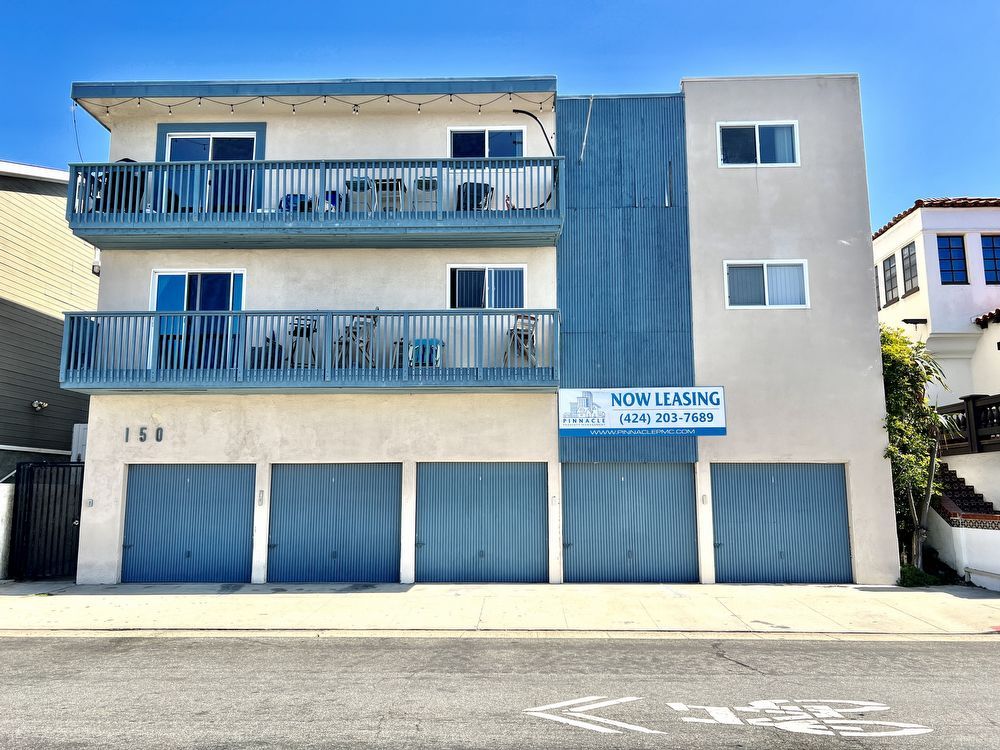
Lakeside Property Maintenance provides property management services in Burnsville, Minnesota. They are part of Real Estate and offer all the advantages of the big leagues, but at a reasonable price. Their customer service is second to none and their staff is always on hand to assist with anything from a routine checkup to a major renovation. They also have an in house accounting department that can keep your books straight. Their reliability is so great that you will never worry about your lease ending or your landlord taking your keys. This equates to peace of mind that's hard to come by these days.
Not surprisingly, this reputable company has been in business for just under eight years. At the time of writing, there are nine employees in the company's leadership. You can rest assured that you are getting the best value for your money with an annual income of $503,489 Their on-site quality assurance team is a strength. They're willing to go the extra mile in order to keep your home in great condition. A competent maintenance crew is crucial if you intend to lease for the long-term.
FAQ
What is the difference between a handyman and a carpenter?
A handyman can be hired for various projects, including painting, plumbing, electrical installation, carpentry, drywall repair, cabinet making, flooring, tiling, kitchen remodeling, and furniture assembly. Carpenters specialize in woodworking. They can build cabinets and walls, doors, windows or stairs.
What is the average time it takes to complete a DIY project?
On average, DIY projects take between 2 and 4 hours. The complexity and difficulty levels of the project determine the length.
Is it worth spending extra money on professional handyman service?
This depends entirely on the type of project you want to be performed. Professional handyman services are best for complicated construction projects like office renovations.
What does the average handyman charge an hour?
An hourly rate for a handyman is between $50 and $75. They have been doing this for many years. They spend around 10 hours on average working for any given job. They do not need to be advertised; they are well-known in the area.
They are more likely to become specialists and build customer relationships over time.
Their key difference from other contractors is their quickness, reliability, and affordability.
The majority of people have at least 2 or 3 friends who they trust enough that they call them when they need assistance.
Some people have their own business.
Statistics
- A franchise was approximately $110,000 with a franchise fee of $14,900, according to a spokesperson for a national handyman franchise. (en.wikipedia.org)
- More than 20% of homes in America have outdoor living spaces, including decks and patios. (mrhandyman.com)
- With a strong housing market, the handyman and general maintenance worker industry are expected to grow by nearly 10% in the next decade. (housecallpro.com)
- Another estimate was that the market in the United States was $126 billion and was increasing by about 4% annually. (en.wikipedia.org)
- An estimate was that in 2003, the market for home maintenance and repair spending was up 14% 2001 to 2003. (en.wikipedia.org)
External Links
How To
How to replace a leaking outdoor faucet
A water pressure booster, also called a diverter valve, is the best solution to this problem. This device allows you to control where the water goes from the house by turning on different outlets. It is also useful in keeping the pipes clean, as the water from the outlet that you shut off will go into the drain. Flip the valve again when you are using the bathroom. Next, you should call a plumbing professional to explain the situation. He will be happy to inspect your plumbing system for free.
Copper pipe, 1/2" in diameter: This copper pipe can last up to 50-years. But, remember that the hot water tank must vent through a vent stack and not an attic window. Most building codes require that the water heater must vent.
Additional costs could be incurred for repairs to electrical wiring. The homeowner might be responsible in some cases for any damage done to the ceiling or walls while the fixture was being removed. Also, depending on how long the fixture had been used, it could be possible that the fixture was damaged beyond repair. The homeowner could spend thousands to fix the entire structure.